Although impressive progress has been made in improving the performance of organic thin film transistors (OTFTs), the high operation voltage resulting from the low gate capacitance density of traditional SiO2 remains a severe limitation that hinders OTFTs'development in practical applications. In this regard, developing new materials with high-k characteristics at low cost is of great scientific and technological importance in the area of both academia and industry. Here, we introduce a simple solution-based technique to fabricate high-k metal oxide dielectric system (ATO) at low-temperature, which can be used effectively to realize low-voltage operation of OTFTs. On the other hand, it is well known that the properties of the dielectric/semiconductor and electrode/semiconductor interfaces are crucial in controlling the electrical properties of OTFTs. By optimizing the above two interfaces with octadecylphosphonic acid (ODPA) self-assembled monolayer (SAM) and properly modified low-cost Cu, obviously improved device performance is attained in our low-voltage OTFTs. Further more, organic electronic devices on flexible substrates have attracted much attention due to their low-cost, rollability, large-area processability, and so on. Basing on the above results, outstanding electrical performance is achieved in flexible devices. Our studies demonstrate an effective way to realize low-voltage, high-performance OTFTs at low-cost.
1.
Introduction
This paper is concerned with the initial boundary value problem
where $ \Omega = ]0,L[ $, $ 0<\tau(t) $ are a non-constant time delay, $ \mu_1(t), \mu_2(t) $ are non-constant weights and the initial data $ (u_0,u_1,f_0) $ belong to a suitable function space.
This problem has been first proposed and studied in Nicaise and Pignotti [22] in case of constant coefficients $ \mu_1, \mu_2 $ and constant time delay. Under suitable assumptions, the authors proved the exponential stability of the solution by introducing suitable energies and by using some observability inequalities. Some instability results are also given for the case of the some assumptions is not satisfied.
With a weight depending on time, $ \mu_1(t), \mu_2(t) $ and constant time delay, this problem was studied in [2], where the existence of solution was made by Faedo-Galerkin method and a decay rate estimate for the energy was given by using the multiplier method.
W. Liu in [19] studied the weak viscoelastic equation with an internal time varying delay term. By introducing suitable energy and Lyapunov functionals, he establishes a general decay rate estimate for the energy under suitable assumptions.
F. Tahamtani and A. Peyravi [29] investigated the nonlinear viscoelastic wave equation with source term. Using the Potential well theory they showed that the solutions blow up in finite time under some restrictions on initial data and for arbitrary initial energy.
Global existence and asymptotic behavior of solutions to the viscoelastic wave equation with a constant delay term was considered by M. Remil and A. Hakem in [28].
Global existence and asymptotic stability for a coupled viscoelastic wave equation with time-varying delay was studied in [3] by combining the energy method with the Faedo-Galerkin's procedure.
The stabilization problem by interior damping of the wave equation with boundary or internal time-varying delay was studied in [23] by introducing suitable Lyapunov functionals.
Energy decay of solutions for the wave equation with a time varying delay term in the weakly nonlinear internal feedbacks was considered in [11].
For problems with delay in different contexts we cite [9,10,30,32] with references therein. In absence of delay ($ \mu_2(t) = 0 $), the problem (1) is exponentially stable provided that $ \mu_1(t) $ is constant, see, for instance [5,6,16,17,21] and reference therein.
Time delay is the property of a physical system by which the response to an applied force is delayed in its effect, and the central question is that delays source can destabilize a system that is asymptotically stable in the absence of delays, see [7]. In fact, an arbitrarily small delay may destabilize a system that is uniformly asymptotically stable in the absence of delay unless additional control terms have been used, see for example [8,12,31]
By energy method in [24] was studied the stabilization of the wave equation with boundary or internal distributed delay. By semigroup approach in [27] was proved the well-posedness and exponential stability for a wave equation with frictional damping and nonlocal time-delayed condition. Transmission problem with distributed delay was studied in [18] where was established the exponential stability of the solution by introducing a suitable Lyapunov functional.
Here we consider a wave equation with non-constant delay and nonlinear weights, thus, the present paper is a generalization of the previous ones. The remaining part of this paper is organized as follows. In the section 2 we introduce some notations and prove the dissipative property of the full energy of the system. In the section 3, for an approach combining semigroup theory (see [21] and [4]) with the energy estimate method we prove the existence and uniqueness of solution. In section 4 we present the result of exponential stability.
2.
Notation and preliminaries
We will need the following hypotheses:
(H1) $ \mu_1:\mathbb{R}_+ \rightarrow ]0,+\infty[ $ is a non-increasing function of class $ C^1(\mathbb{R}_+) $ satisfying
where $ \alpha_0 $ and $ M_1 $ are constants such that $ M_1>0 $.
(H2) $ \mu_2:\mathbb{R}_+ \rightarrow \mathbb{R} $ is a function of class $ C^1(\mathbb{R}_+) $, which is not necessarily positives or monotones, such that
for some $ 0 < \beta < \sqrt{1-d} $ and $ M_2>0 $.
We now state a lemma needed later.
Lemma 2.1 (Sobolev-Poincare's inequality). Let $ q $ be a number with $ 2\leq q \leq +\infty $. Then there is a constant $ c_* = c_*(]0,L[,q) $ such that
Lemma 2.2 ([13][16]). Let $ E:\mathbb{R}_+ \rightarrow \mathbb{R}_+ $ be a non increasing function and assume that there are two constants $ \sigma>-1 $ and $ \omega>0 $ such that
Then
As in [23], we assume that
and there exist positive constants $ \tau_0,\tau_1 $ and $ d $ satisfying
and
We introduce the new variable
Then
and problem (1) takes the form
We define the energy of the solution of problem (9) by
where
is a non-increasing function of class $ C^1(\mathbb{R}_+) $ and $ \bar{\xi} $ be a positive constant such that
Our first result states that the energy is a non-increasing function.
Lemma 2.3. Let $ (u,z) $ be a solution to the problem (9). Then, the energy functional defined by (10) satisfies
Proof. Multiplying the first equation (9) by $ u_t(x,t) $, integrating on $ \Omega $ and using integration by parts, we get
Now multiplying the second equation (9) by $ \xi(t)z(x,\rho,t) $ and integrate on $ \Omega \times ]0,1[ $, to obtain
Consequently,
From (10), (14) and (15) we obtain
Due to Young's inequality, we have
Inserting (17) into (16), we obtain
Lemma 2.4. Let $ (u,z) $ be a solution to the problem (9). Then the energy functional defined by (10) satisfies
where $ \sigma = a_0\left( 1-\frac{\bar{\xi}}{2}- \frac{\beta}{2\sqrt{1-d}} \right) $.
Proof. From Lemma 2.3, we have that
and from (H1), we obtain
and the lemma is proved.
3.
Global solution
For the semigroup setup we $ U = (u,u_t,z)^T $ and rewrite (9) as
where the operator $ \mathcal{A}(t) $ is defined by
We introduce the phase space
and the domain of $ \mathcal{A} $ is defined by
where
Notice that the domain of the operator $ \mathcal{A}(t) $ is independent of the time $ t $, i.e.,
$ \mathcal{H} $ is a Hilbert space provided with the inner product
for $ U = (u,v,z)^T $ and $ \bar{U} = (\bar{u},\bar{v},\bar{z})^T $.
Using this time-dependent inner product and the next theorem we will get a result of existence and uniqueness.
Theorem 3.1. Assume that
(i) $ Y = D(\mathcal{A}(0)) $ is dense subset of $ \mathcal{H} $,
(ii) (21) holds,
(iii) for all $ t \in [0,T] $, $ \mathcal{A}(t) $ generates a strongly continuous semigroup on $ \mathcal{H} $ and the family $ \mathcal{A}(t) = \left\{ \mathcal{A}(t)/ t \in [0,T] \right\} $ is stable with stability constants $ C $ and $ m $ independent of $ t $ (i.e., the semigroup $ (S_t(s))_{s\geq 0} $ generated by $ \mathcal{A}(t) $ satisfies $ \| S_t(s)u \|_{\mathcal{H}} \leq Ce^{ms} \| u \|_{\mathcal{H}} $, for all $ u \in \mathcal{H} $ and $ s\geq 0 $),
(iv) $ \partial_t \mathcal{A}(t) $ belongs to $ L_{*}^{\infty}([0,T],B(Y, \mathcal{H})) $, which is the space of equivalent classes of essentially bounded, strongly measurable functions from $ [0,T] $ into the set $ B(Y, \mathcal{H}) $ of bounded operators from $ Y $ into $ \mathcal{H} $.
Then, problem (18) has a solution $ U \in C([0,T],Y) \cap C^1([0,T], \mathcal{H}) $ for any initial datum in $ Y $.
Our goal is then to check the above assumptions for problem (18).
First, we prove $ D(\mathcal{A}(0)) $ is dense in $ \mathcal{H} $.
The proof is the same as the one Lemma $ 2.2 $ of [25], we give it for the sake of completeness.
Let $ (f,g,h)^T $ be orthogonal to all elements of $ D\mathcal{A}(0) $, namely
for all $ (u,v,z)^T \in D(\mathcal{A}(0)) $.
We first take $ u = v = 0 $ and $ z \in D(\Omega \times ]0,1[) $. As $ (0,0,z)^T \in D(\mathcal{A}(0)) $, we get
Since $ D(\Omega \times ]0,1[) $ is dense in $ L^2(\Omega \times ]0,1[) $, we deduce that $ h = 0 $. In the same manner, by taking $ u = z = 0 $ e $ v \in D(\Omega) $ we see that $ g = 0 $.
The above orthogonality condition is then reduced to
By restricting ourselves to $ v = 0 $ and $ z = 0 $, we obtain
Since $ D(\Omega) $ is dense in $ H_0^1(\Omega) $ (equipped with the inner product $ \langle \cdot, \cdot \rangle_{H_0^1(\Omega} $), we deduce that $ f = 0 $.
We consequently
Secondly, we notice that
where $ \Phi = (u,v,z)^T $ and $ c $ is a positive constant and $ \| \cdot \| $ is the norm associated the inner product (22). For all $ t,s \in [0,T] $, we have
It is clear that $ 1 - e^{\frac{c}{\tau_0}|t-s|} \leq 0 $. Now we will prove $ \xi(t)\tau(t) - \xi(s)\tau(s)e^{\frac{c}{\tau_0}|t-s|} \leq 0 $ for some $ c>0 $. To do this, we have
where $ r \in ]s,t[ $.
Hence $ \xi $ is a non increasing function and $ \xi>0 $, we get
which implies
Using (5) and $ \tau' $ is bounded, we deduce that
which proves (24) and therefore $ (iii) $ follows.
Now we calculate $ \langle \mathcal{A}(t)U,U \rangle_t $ for a fixed $ t $. Take $ U = (u,v,z)^T \in D(\mathcal{A}(t)) $. Then
Integrating by parts, we obtain
Since
we have
So we get
Therefore, from (16) and (17), we deduce
Then, we have
where
From the (13), we obtain
which means that the operator $ \tilde{\mathcal{A}} = \mathcal{A}(t) - \kappa(t)I $ is dissipative.
Moreover, $ \kappa'(t) = \frac{\tau'(t)\tau''(t)}{2\tau(t)\sqrt{1+\tau'(t)^2}} - \frac{\tau'(t)\sqrt{1+\tau'(t)^2}}{2\tau(t)^2} $ is bounded on $ [0,T] $ for all $ T>0 $ (by (5) and (12)) and we have
with $ \frac{\tau''(t)\tau(t)\rho-\tau'(t)(\tau'(t)\rho-1)}{\tau(t)^2} $ bounded on $ [0,T] $ by (5) and (12). Thus
the space of equivalence classes of essentially bounded, strongly measurable functions from $ [0,T] $ into $ B(D(\mathcal{A}(0)), \mathcal{H}) $.
Now, we will show that $ \lambda I - \mathcal{A}(t) $ is surjective for fixed $ t>0 $ and $ \lambda > 0 $. For this purpose, let $ F = (f_1,f_2,f_3)^T \in \mathcal{H} $, we seek $ U = (u,v,z)^T \in D(\mathcal{A}(t)) $ solution of
that is verifying following system of equations
Suppose that we have found $ u $ with the appropriated regularity. Then
It is clear that $ v \in H_0^1(\Omega) $. Furthermore, by (27) we can find $ z $. From (20), we have
Following the same approach as in [22], we obtain, by using equation for $ z $ in (27),
if $ \tau'(t) = 0 $, where $ \vartheta(\ell,t) = \lambda \ell \tau(t) $, and
otherwise, where $ \zeta(\ell,t) = \lambda \frac{\tau(t)}{\tau'(t)}\ln(1- \ell \tau'(t)) $.
From (28), we obtain
if $ \tau'(t) = 0 $, and
otherwise.
In particular, if $ \tau'(t) = 0 $ and from (30), we have
and if $ \tau'(t) \neq 0 $ and from (31), we have
By using (27) and (28), the function $ u $ satisfies
Solving the equation (34) is equivalent to finding $ u \in H^2(\Omega) \cap H_0^1(\Omega) $ such that
for all $ \eta \in H_0^1(\Omega) $.
Consequently, the equation (35) is equivalent to the problem
where the bilinear form
and the linear form
are defined by
and
where
and
It is easy to verify that $ \Upsilon $ is continuous and coercive, and $ L $ is continuous. So applying the Lax-Milgram theorem, we deduce that for all $ \eta \in H_0^1(\Omega) $ the problem (36) admits a unique solution
Applying the classical elliptic regularity, it follows from (35) that
Therefore, the operator $ \lambda I - \mathcal{A}(t) $ is surjective for any $ \lambda > 0 $ and $ t>0 $. Again as $ \kappa(t)>0 $, this prove that
for any $ \lambda >0 $ and $ t>0 $.
Then, (24), (25) and (37) imply that the family $ \tilde{\mathcal{A}} = \left\{ \tilde{\mathcal{A}}(t)/ t \in [0,T] \right\} $ is a stable family of generators in $ \mathcal{H} $ with stability constants independent of $ t $, by Proposition $ 1.1 $ from [14]. Therefore, the assumptions $ (i)-(iv) $ of Theorem 3.1 are verified by (21), (24), (25), (26), (37) and (23), and thus, the problem
has a unique solution $ \tilde{U} \in C\left( [0,+\infty[, D(\mathcal{A}(0)) \right) \cap C^1\left( [0,+\infty[, \mathcal{H} \right) $ for $ U_0 \in D(\mathcal{A}(0)) $. The requested solution of (18) is then given by
because
which concludes the proof.
The existence and uniqueness are obtained by the following result.
Theorem 3.2 (Global solution). For any initial datum $ U_0 \in \mathcal{H} $ there exists a unique solution $ U $ satisfying
for problem (18).
Moreover, if $ U_0 \in D(\mathcal{A}(0)) $, then
Proof. A general theory for equations of type (18) has been developed using semigroup theory [14], [15] and [26]. The simplest way to prove existence and uniqueness results in to show that the triplet $ \left\{ (\mathcal{A}, \mathcal{H}, Y) \right\} $, with $ \mathcal{A} = \left\{ \mathcal{A}(t)/ t \in [0,T] \right\} $, for some fixed $ T>0 $ and $ Y = \mathcal{A}(0) $, forms a CD-systems (or constant domain system, see [14] and [15]). More precisely, the following theorem gives the existence and uniqueness results and is proved in Theorem $ 1.9 $ of [14] (see also Theorem $ 2.13 $ of [15] or [1]).
4.
Asymptotic behavior
In this section we shall investigate the asymptotic behavior of problem (1). The stability result will be obtained using Lemma 2.2.
Theorem 4.1 (Stability Result). Let $ (u_0,u_1,f_0(\cdot,-,\tau(0))) \in H_0^1(\Omega) \times L^2(\Omega) \times L^2(\Omega \times ]0,1[) $. Assume that the hypotheses (H1), (H2) and (5)-(7) hold. Then problem (1) admits a unique solution
Proof. From now on, we denote by $ c $ various positive constants which may be different at different occurrences.
Given $ 0 \leq S < T < \infty $ we start by multiplying the first equation of (9) by $ uE^q $ and then integrating over $ (S,T) \times \Omega $, we obtain
Notice that
using integration by parts and the boundary conditions we know that
Similarly, we multiply the second equation of (9) by $ E^q \xi(t) e^{-2\rho\tau(t)}z(x,\rho,t) $ and then integrate over $ \Omega \times (0,1) \times (S,T) $ to see that
Using integration by parts and the boundary conditions we know that
Since $ \mu_1 $ is a non-increasing function of class $ C_1(\mathbb{R}) $, its derivatives is non-positive, which implies that $ \xi'(t) \leq 0 $. This result this
Moreover, as
then, from (40), (41) and (42), we have that
Using the definition of $ E $, (39) and (43), we get
where $ \gamma_0 = 2\min \{ 1, e^{-2\tau_1} \} $.
Using the Young and Sobolev-Poincaré inequalities and Lemma 2.3, we find that
Now, we known that
By (13), we have
Similarly,
From Lemma 2.4, we deduce that
Now, we get that
and from (H2) we obtain that
Finally,
Choosing $ \varepsilon_1 $ and $ \varepsilon_2 $ small enough, we deduce from (45) and (46) that
Since $ E(S) \leq E(0) $ for $ S \geq 0 $, we have that
We choose $ q = 0 $, we conclude from Lemma 2.2 that
This ends the proof of Theorem 4.1.











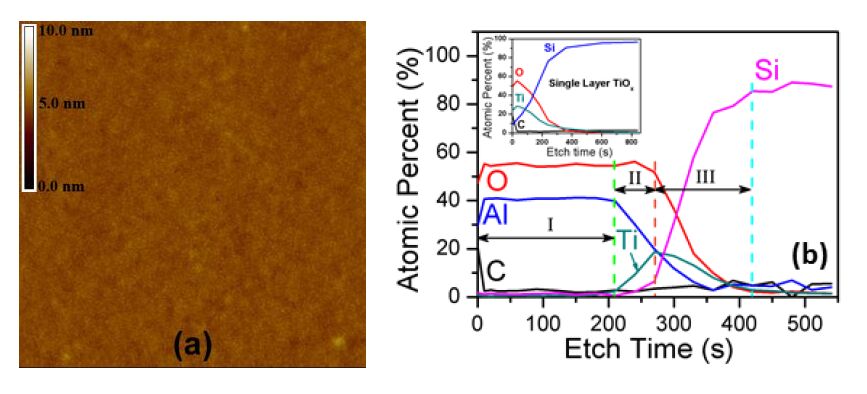


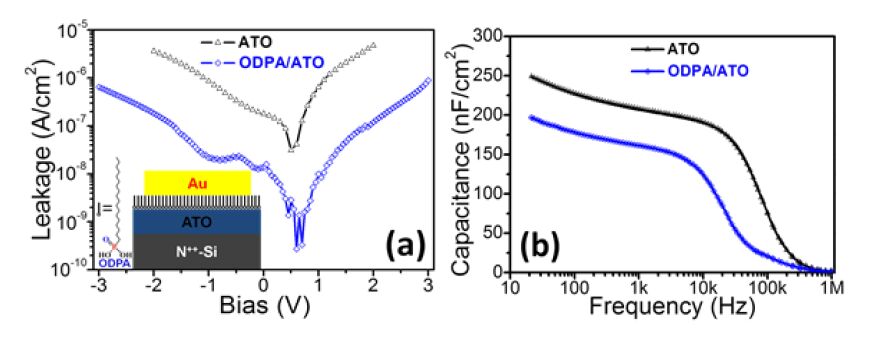

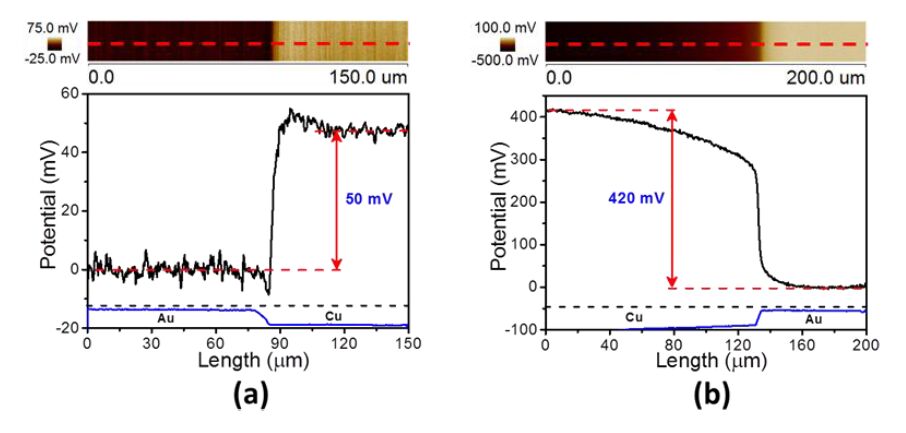
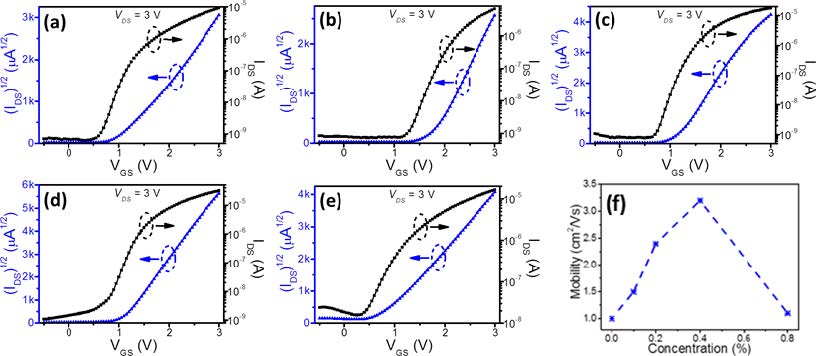
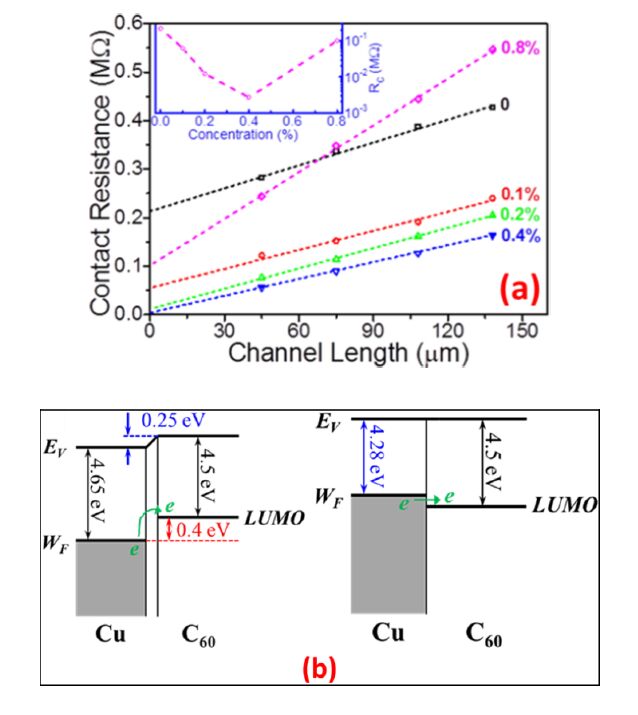
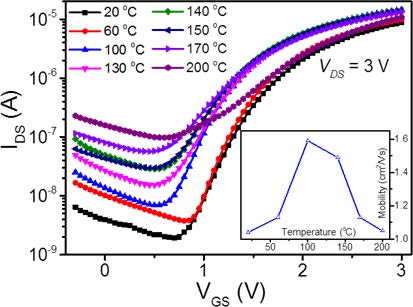

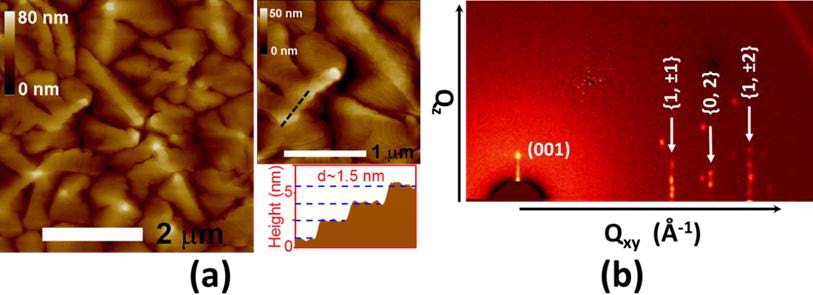
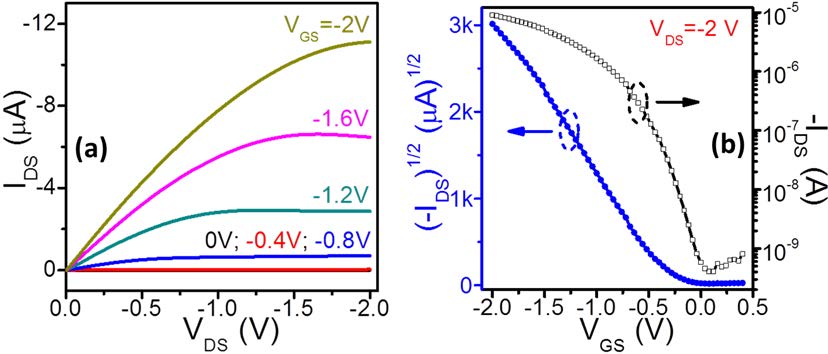



 DownLoad:
DownLoad: